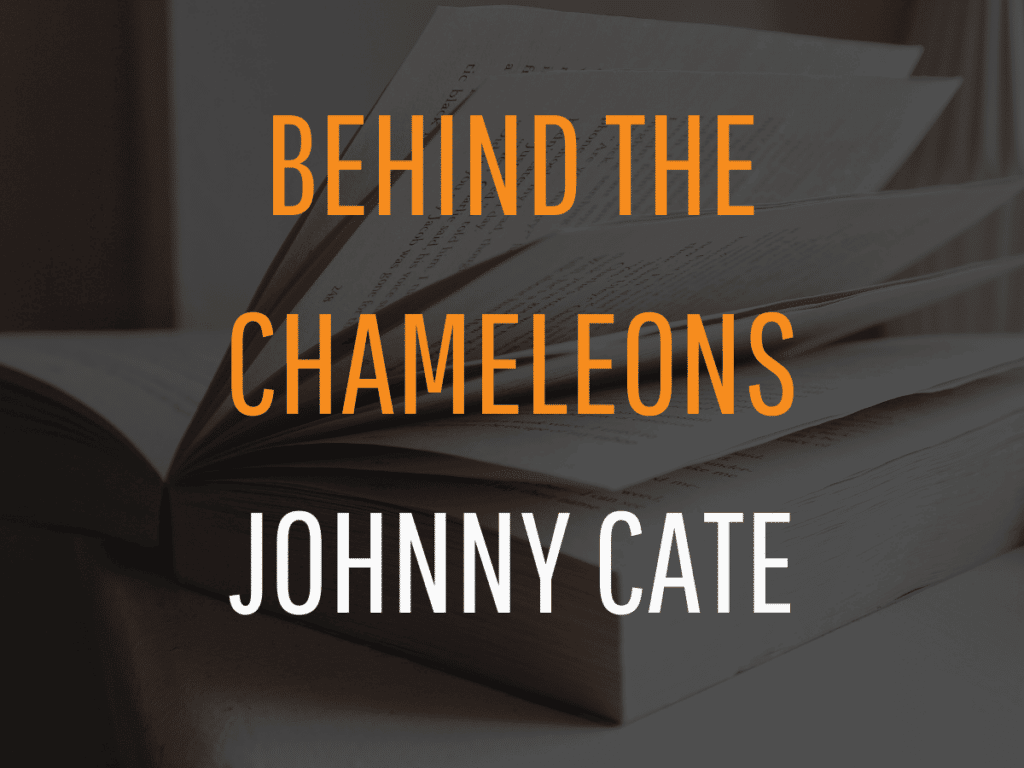The problem with being a writer writing about writing is that people will be judging the blog entry you’re doing about writing and using it to evaluate your writing.
This blog doesn’t intend to be anything more than a good time, so take off your Magnivisor and just chill with me for a second. I’m not trying to “generate leads” here.
This is Behind the Chameleon. I’m supposed to give you an idea of who I am, what I’m about, so that’s what I’m going to do. This is the story of how I recently started grad school.
This past June, I began pursuing an MFA in Poetry with the Vermont College of Fine Arts.
Like many copywriters, I’m just another basic bitch English major who rolled out of undergrad and into the ad game. For the most part, it’s been a good time, and in many ways, it hasn’t just been a 10-year experiment in advertising/branding, but a 10-year experiment in the craft.
Copywriting is an art. It’s a compromised art, but it’s still an art. When you’re putting one word with another, then more words with those words, you’re engaged in literary composition, the craft of language.
I believe the crafts of poetry and copywriting are twins, and the goals are just dialectically opposed to one another. Copywriting could be considered the doppelgänger, the alter ego of poetry.
Both poetry and copy attempt to use language in inventive, even subversive ways to establish a connection with another person. In poetry, that connection ideally communicates something eternal, something incorruptible. In copy, that connection sells something that will, inevitably, become outdated—usually faster than anyone imagined it would. But to accomplish both, you have to play with the clay of language.
Both styles require the writer to dissect language and boil it down, not just to the paragraph or sentence or word but to the letter. Every good copywriter understands that every word itself is pliable—changing one letter, one syllable, can create an angle, a concept that gets the juices going.
Poetry is (among many things) a game of rhythm, stresses, and non-stresses that follow in sequence to create a language that flows in a particular direction with a specific energy. The tone of a poem depends on this rhythm and the writer’s word choices to accomplish rhythm.
If you want to be crude about it, every poem has its own brand—color choices, core values, communicational goals, and style. If you want to be generous about it, every piece of copy has its own poetry—rhythm, emotional values, flow, assonance, alliteration, even rhyme.
I would tell any copywriter who wants to improve their craft that reading and studying poetry is a great way to do it. Breaking language down to its essential elements, practicing scansion, working in forms, and forcing your mind to reach direct conclusions through indirect means can only help you when you need to create a linguistic framework for a brand or tightly communicate an idea.
To any poet, I would say keep a moderate eye on the copy around you. Most of it is indeed banal and utterly disposable. Still, now and again, you’ll be able to see a writer behind it that’s allowed (by the client, which is rare) to play with deeper ideas, both linguistically and emotionally. It happens.
I’m getting an MFA because I love poetry. There’s no deeper motivation for my studies than that. But I’m also aware that the closer I become to the language, the deeper my relationship gets. It can only help me on the copy side.
Honestly, and I’m not just saying this, there was a time when I wanted to ditch ad work altogether, and that may still be the case, but everyone in Chameleon Collective is so cool and intelligent and good at what they do it redeems the whole deal.
I’ve learned that if someone is free enough in themselves to want to remove the corporate ladder and live without professional hierarchies, that usually means they’re pretty fun to work with.
Final thought when it comes to copy and poetry—remember Chubbs from Happy Gilmore?
It’s all in the hips, baby.




